Does Home Insurance Cover Basement Flooding?
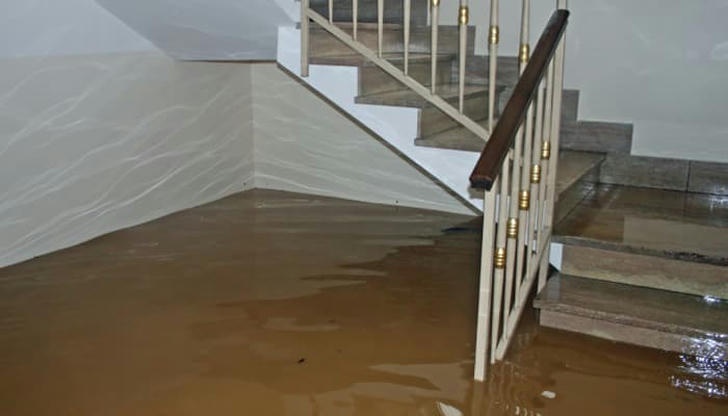
Basement flooding is a nightmare no homeowner wants to face, but it’s a common problem that begs the question: does home insurance have your back in such situations? The answer isn’t straightforward—it depends on the cause of the flooding and the specifics of your policy. Let’s dive deeper to uncover the details.
Understanding Basement Flooding Coverage
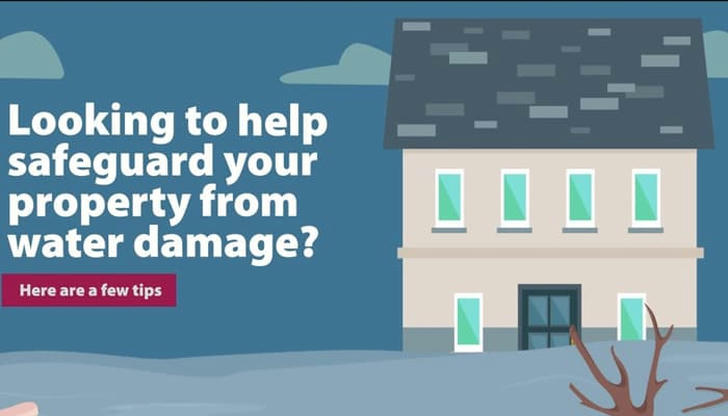
1. What Does Standard Home Insurance Cover?
Most standard home insurance policies provide protection against water damage caused by internal issues like burst pipes, overflowing appliances, or sudden leaks. However, they typically exclude damages caused by flooding from external sources.
Key points to remember:
• Coverage applies to accidental or sudden water damage, not gradual issues.
• Events like pipe bursts or water heater malfunctions are generally covered.
• Basement flooding from storms or rising water levels usually requires additional coverage.
2. What Exclusions Exist for Basement Flooding?
Insurance companies often classify floods caused by external forces as a separate peril. Standard policies don’t cover:
• Natural floods due to heavy rainfall.
• Overflowing rivers or lakes.
• Groundwater seepage through the foundation.
To protect yourself fully, adding flood insurance to your policy is essential.
Common Causes of Basement Flooding
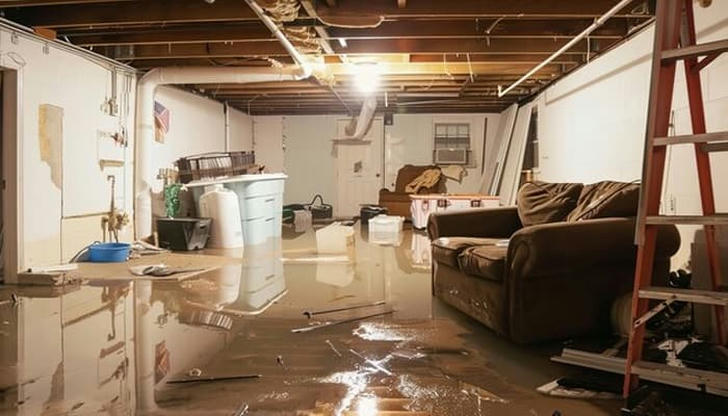
1. Heavy Rainfall and Flash Floods
When rainwater accumulates faster than it can drain, basements are at risk of flooding. Homes in low-lying areas are particularly vulnerable to this issue.
2. Sewer Backups and Plumbing Issues
Blocked sewer systems or broken pipes can send wastewater rushing into your basement. Even though this falls under “water damage,” you may need additional riders for sewer backup coverage.
3. Foundation Leaks or Cracks
Over time, cracks in your home’s foundation can allow water to seep into the basement. This type of damage is often gradual and may not be covered under standard policies.
How to Add Flood Protection to Your Insurance Policy

Importance of Separate Flood Insurance
A standalone flood insurance policy bridges the gap left by traditional home insurance. This policy is particularly crucial for homeowners in high-risk flood zones.
What does it cover?
• Damage from rising water levels.
• Restoration of damaged floors, walls, and furnishings.
• Structural repairs due to flooding.
Steps to Enhance Your Policy Coverage
If you’re serious about protecting your basement, follow these tips:
- Discuss with your insurance agent
Review your policy for water damage exclusions.
Explore sewer backup and sump pump failure riders.
- Understand flood zones and risk assessments
Use FEMA’s flood maps to identify your property’s risk level.
Homes in flood-prone areas may be mandated to carry flood insurance.
- Invest in a customized policy
Tailor your coverage to address specific vulnerabilities, such as older foundations or proximity to water sources.
What’s the Difference Between Flood Damage and Water Damage?
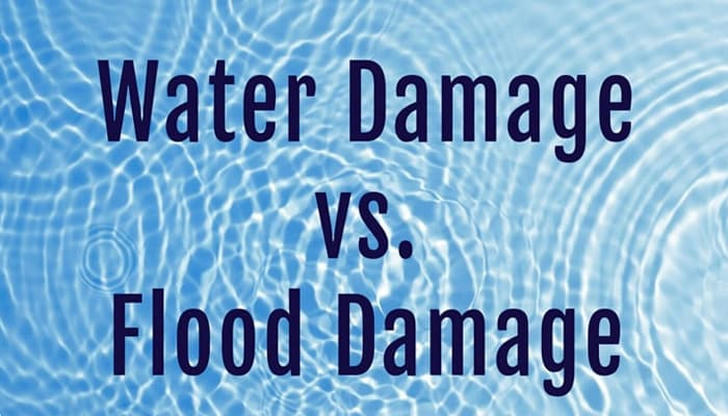
Definition of Flood Damage
Flood damage is defined as water that inundates normally dry land from natural sources, such as rainstorms, overflowing rivers, or storm surges.
Examples of Water Damage Scenarios
Water damage, on the other hand, arises from internal problems like:
• Burst pipes or leaking appliances.
• Roof leaks caused by heavy snow or fallen trees.
• Overflowing bathtubs or sinks.
How Insurers Distinguish the Two Types
Insurers use the source of the water as the deciding factor. If water originates from inside your home, it’s water damage. External water flowing into your property is classified as flood damage, often excluded from standard coverage.
Steps to Take After Basement Flooding
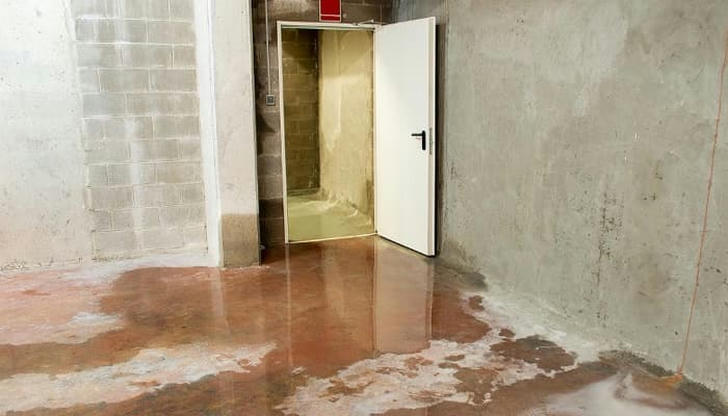
Basement flooding can be overwhelming, but taking the right steps promptly can minimize the damage and increase your chances of insurance reimbursement.
1. Immediate Actions to Minimize Damage
• Turn off power and gas supply: Ensure your safety by disconnecting electricity and gas in the affected area.
• Remove water quickly: Use a wet/dry vacuum, pump, or mop to get rid of standing water.
• Ventilate and dehumidify: Open windows and use fans or dehumidifiers to dry out the area and prevent mold growth.
2. Contacting Your Insurer
• Notify your insurance company immediately to begin the claims process.
• Provide clear details about the incident, including the cause of the flooding and the extent of the damage.
• Confirm whether your policy includes coverage for the specific type of damage.
3. Documenting the Damage
• Take clear, timestamped photos and videos of the damage.
• List damaged items, including their approximate value.
• Keep all repair and cleanup receipts, as these will be needed during the claims process.
